The new Mazda CX-60 is the Japanese firm's crucial new range-topping SUV, representing a step change in terms of design philosophy, positioning and – most importantly – electrification.
Already arrived as a petrol-based PHEV – with Mazda’s first plug-in hybrid powertrain – a pair of 48V mild-hybrid six-cylinder diesel engine options are next to join the line-up early next year.
The 3.3-litre electrically assisted diesel comes with either 197bhp (in rear-wheel drive form) or 251bhp (all-wheel drive). The powerplant also uses Mazda’s SPCCI compression-ignition technology for improved efficiency; Mazda quotes a WLTP average fuel consumption of between 53.3mpg and 56.5mpg.
The new motor was chosen against the industry trend towards inline-four power, acknowledges Mazda, because 500cc cylinders give the best balance of torque and thermal efficiency, so it’s better to boost the outright count rather than individual capacity.
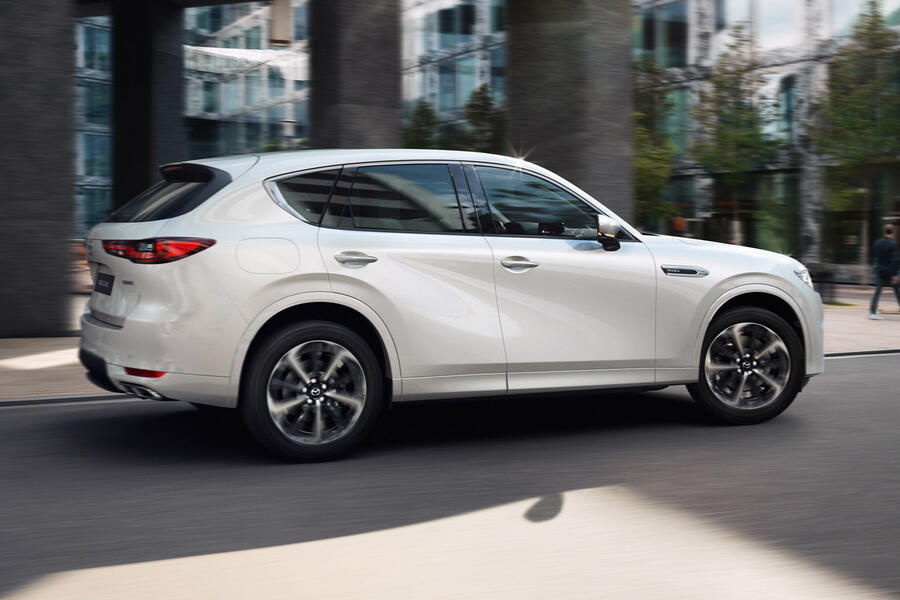
It will join its plug-in hybrid sibling, which combines a 2.5-litre naturally aspirated four-cylinder petrol engine with an EV motor. Mazda expects the PHEV to take two-thirds of its European sales. A 3.0-litre six-cylinder mild-hybrid petrol model will also arrive next year, but a date has not yet been confirmed.
The PHEV powertrain is paired with the new eight-speed wet-clutch gearbox to produce a combined 323bhp and 369lb ft, making this the brand’s most powerful road car yet. Meanwhile, a 17.8kWh battery supplies an engine-off driving range of 37 miles. All these figures stack up favourably against PHEV rivals at a similar price point, namely the Volvo XC60 Recharge and BMW X3 xDrive40e.
The CX-60 PHEV's powertrain – entirely unrelated to the one seen in strategic partner Toyota's RAV4 PHEV – is expected to get it from 0-62mph in 5.8sec and emit just 33g/km of CO2 on the WLTP combined cycle.

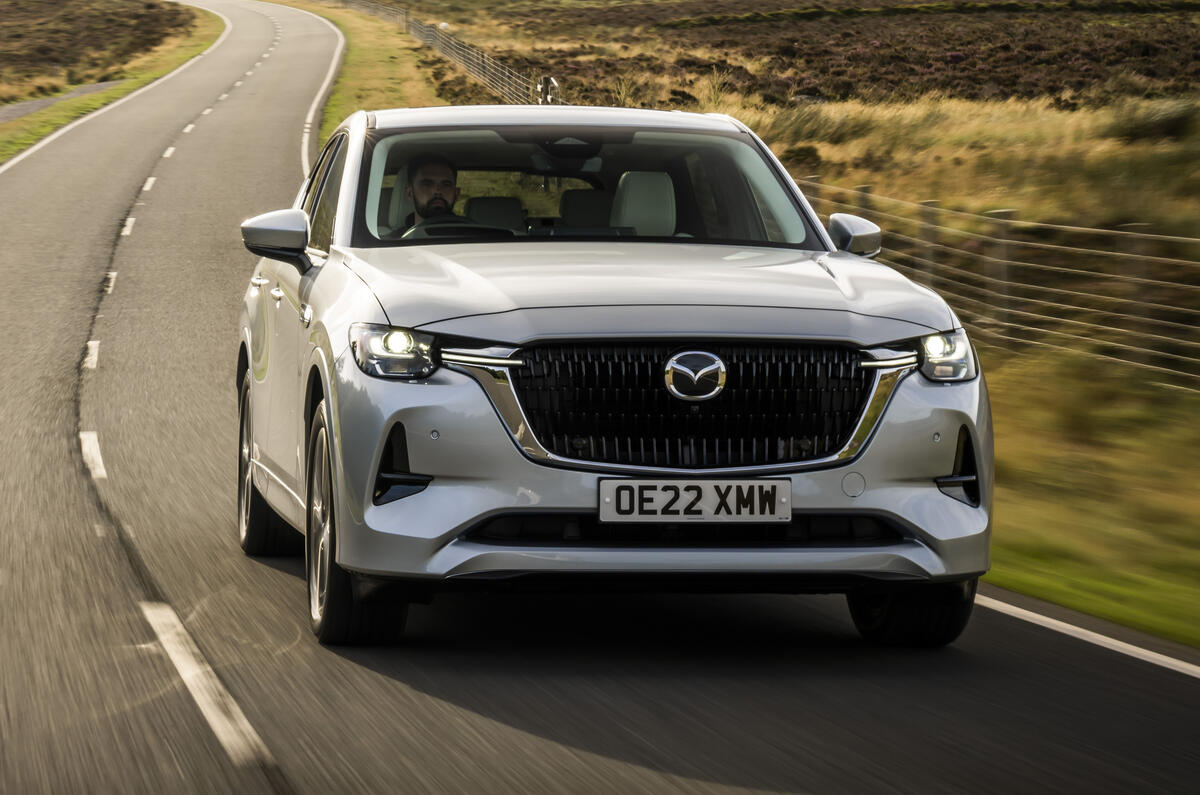
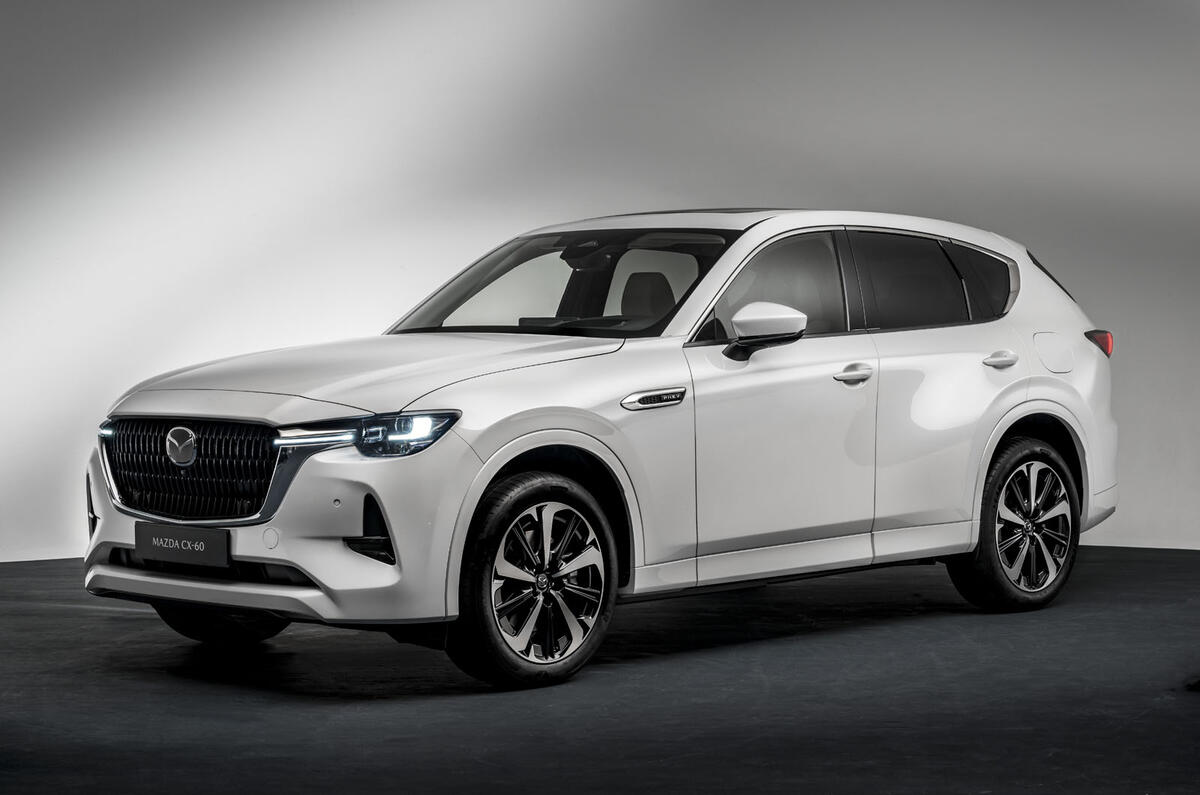
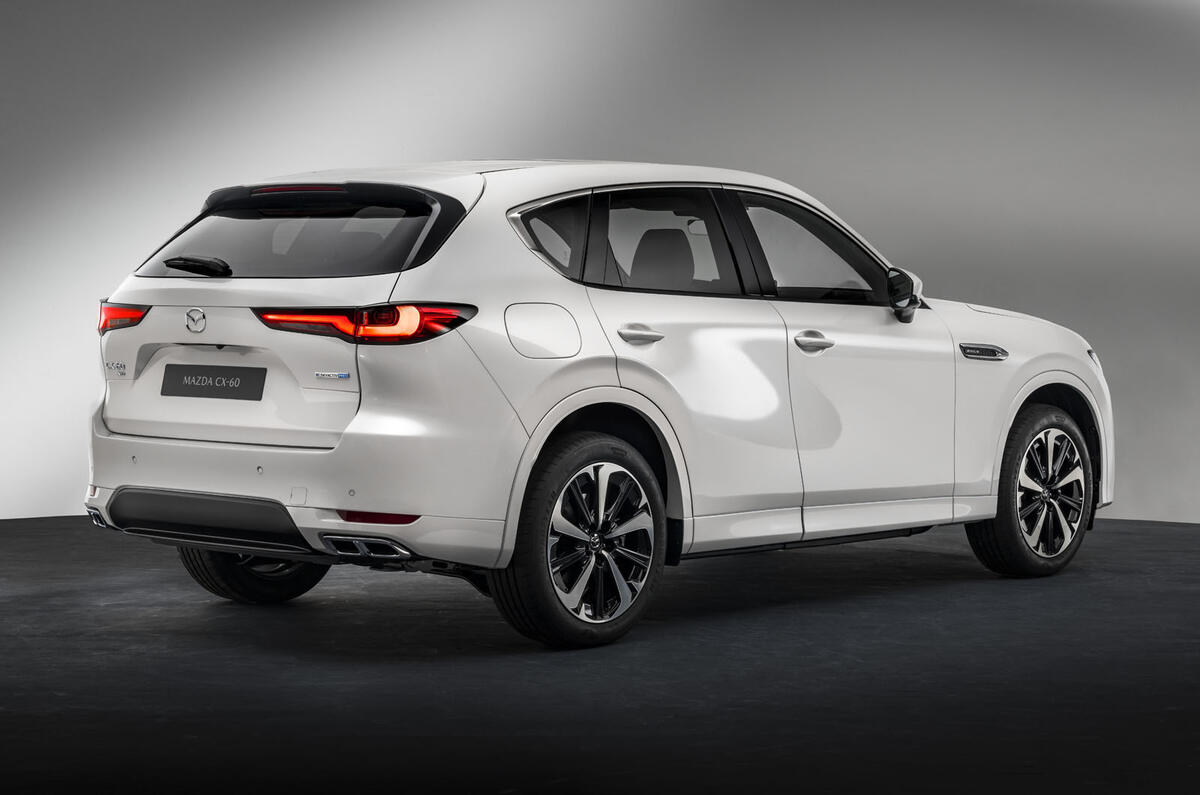

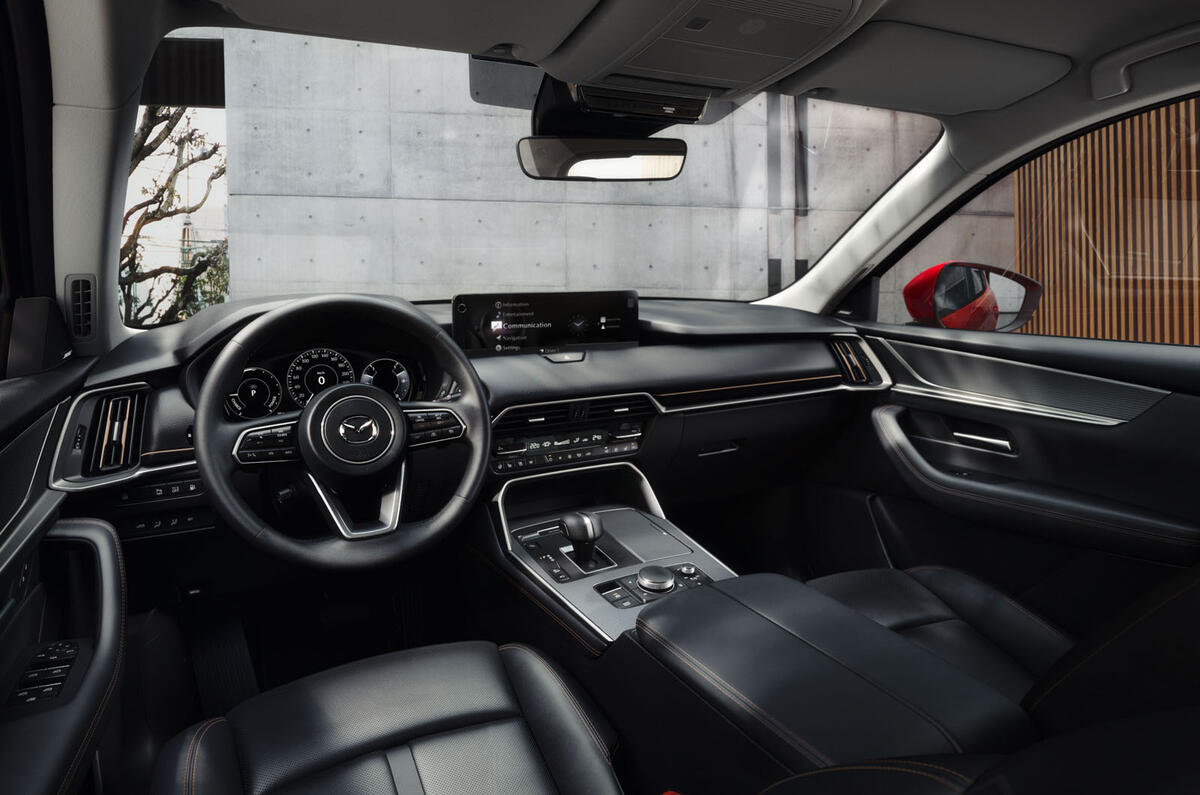

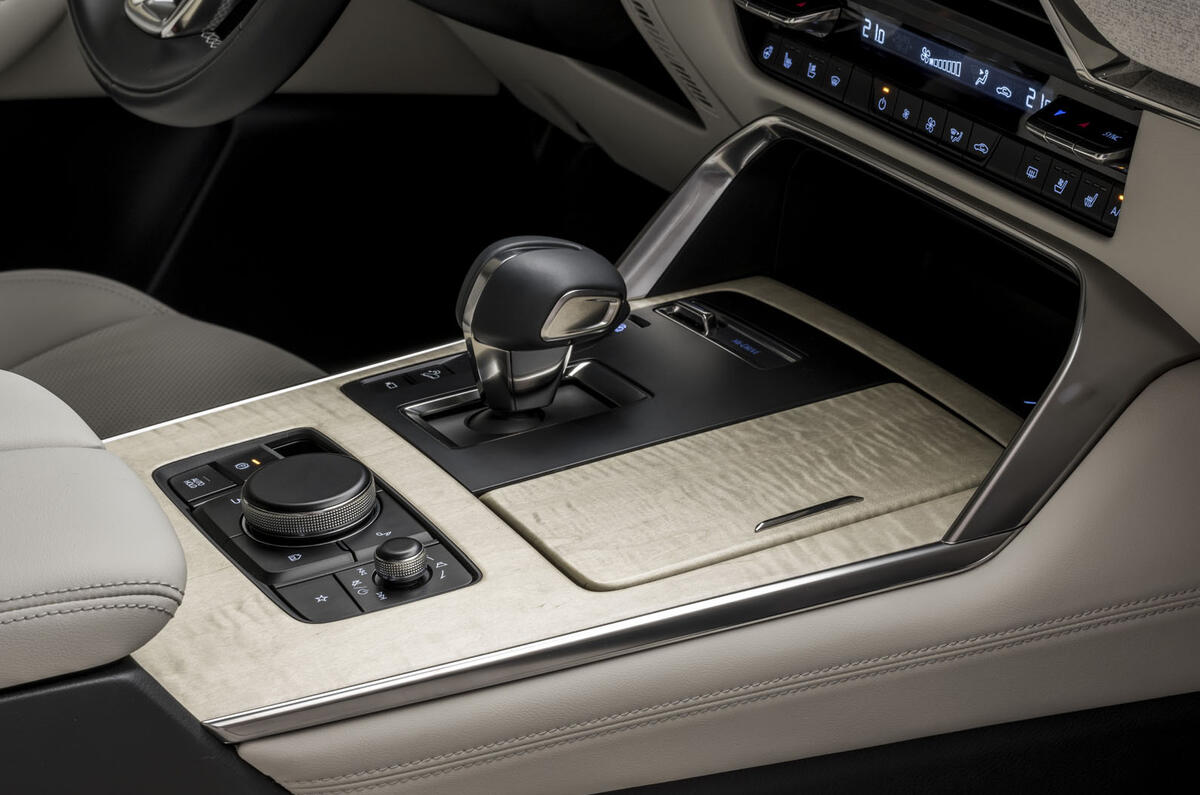
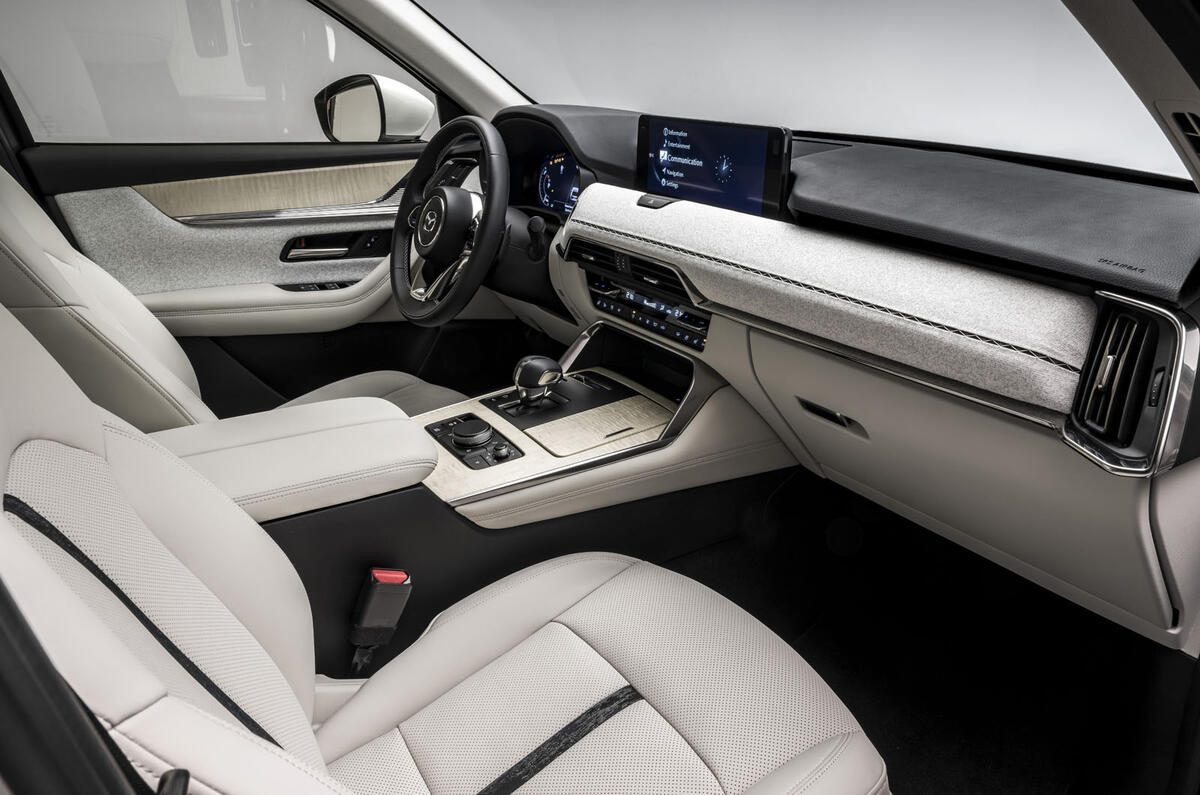

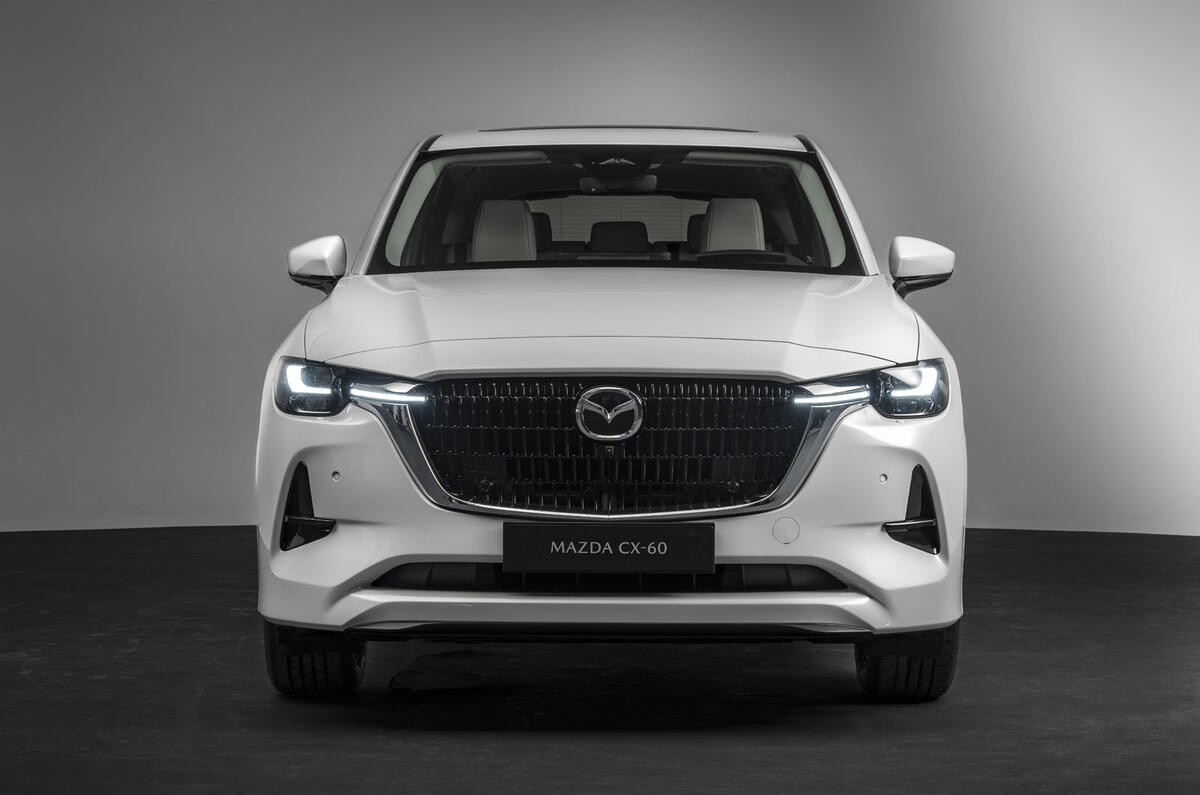

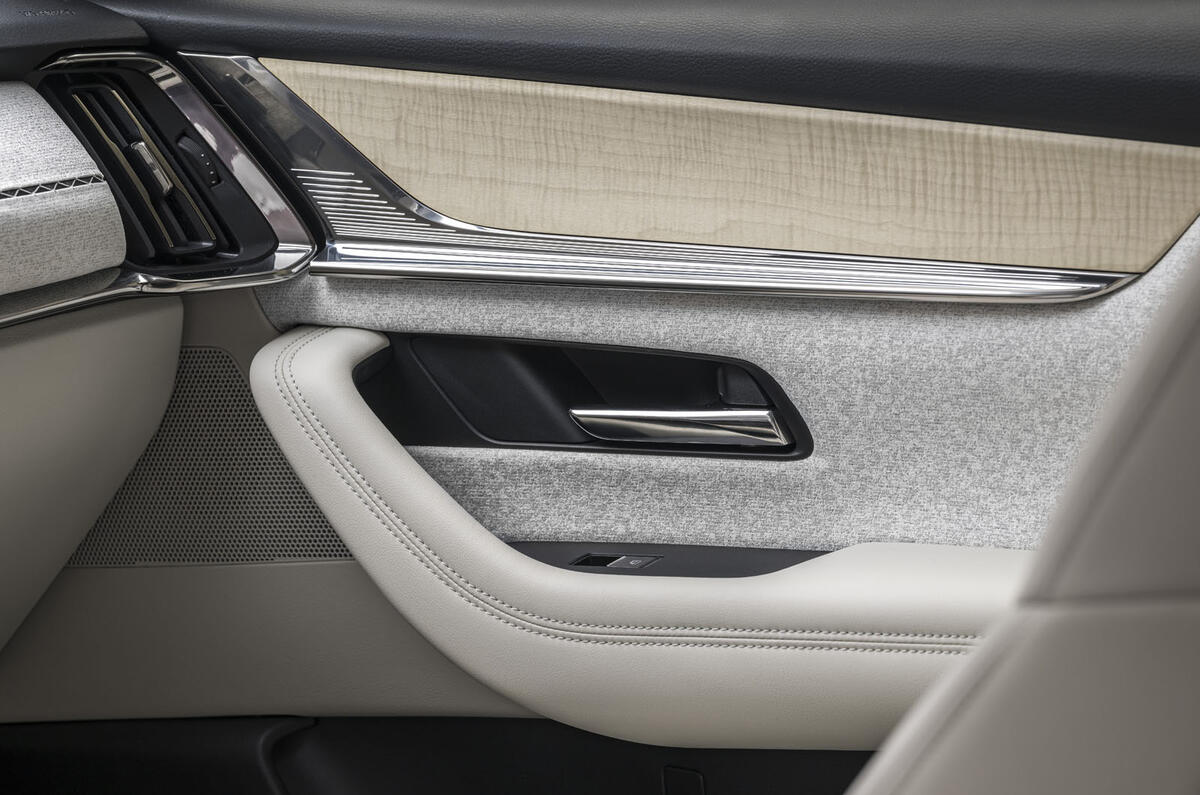
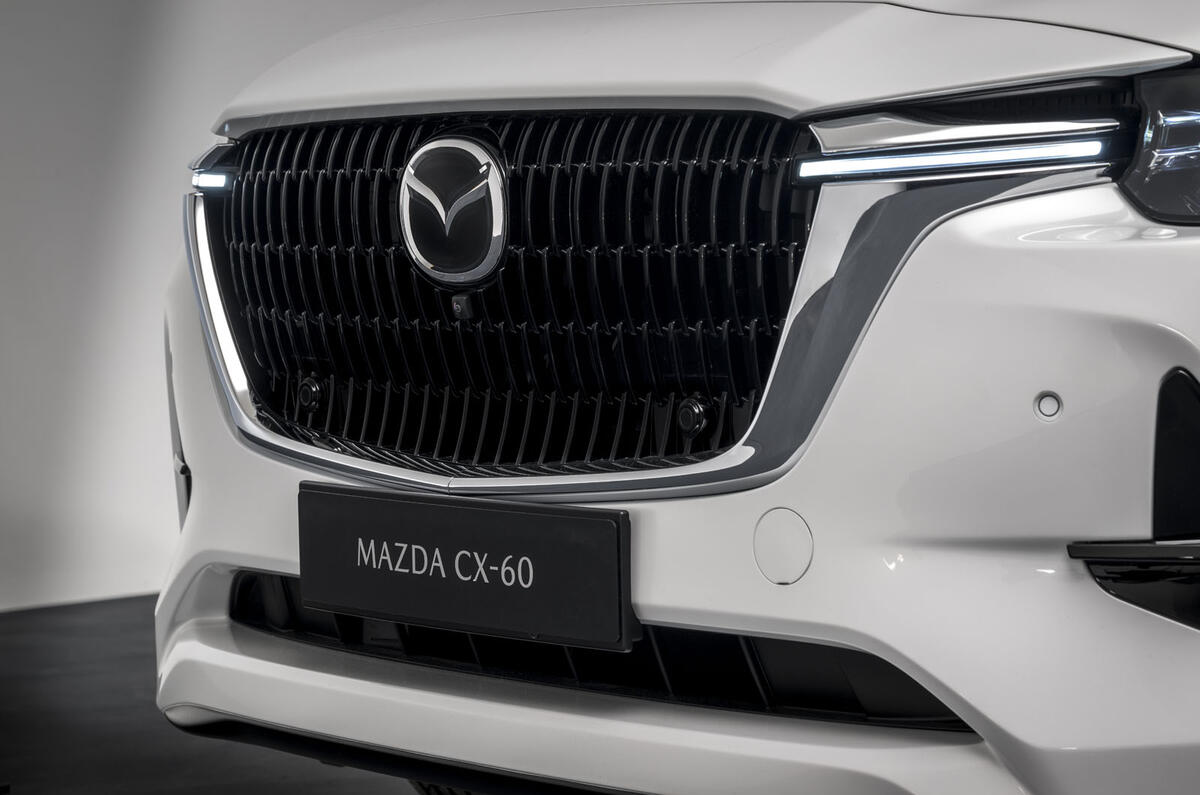
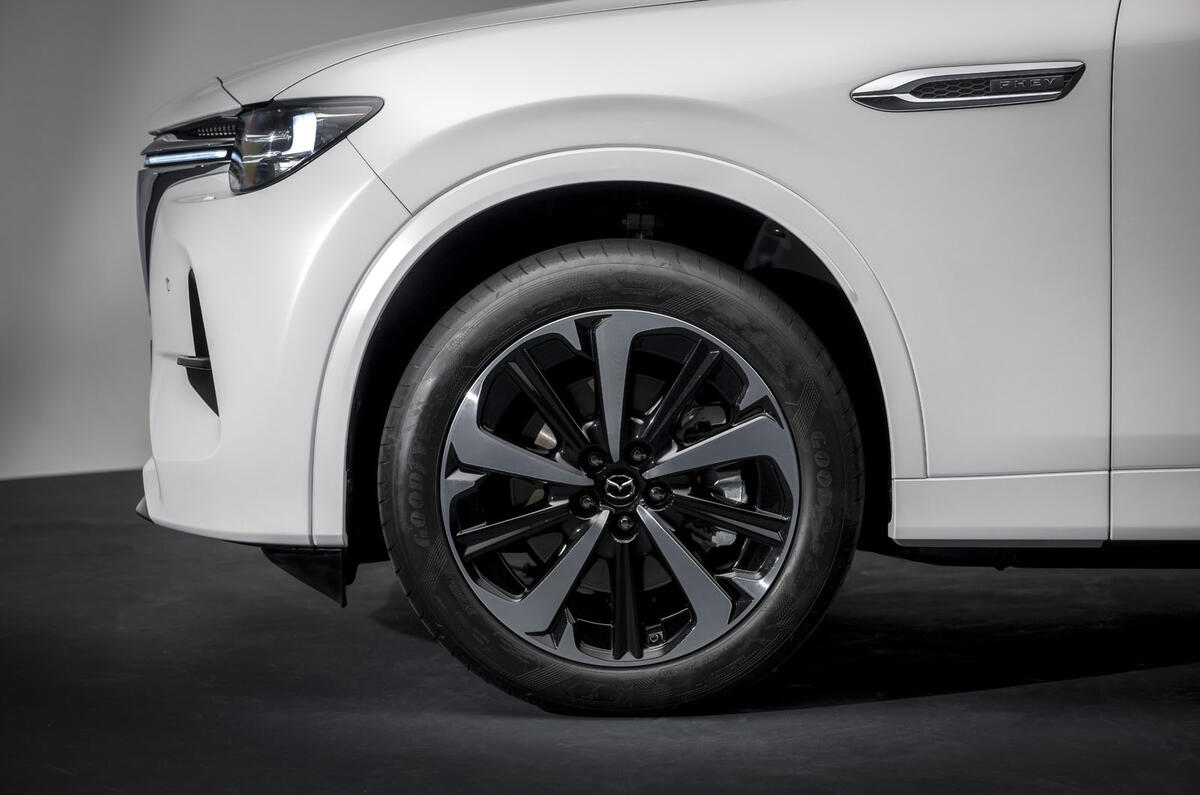
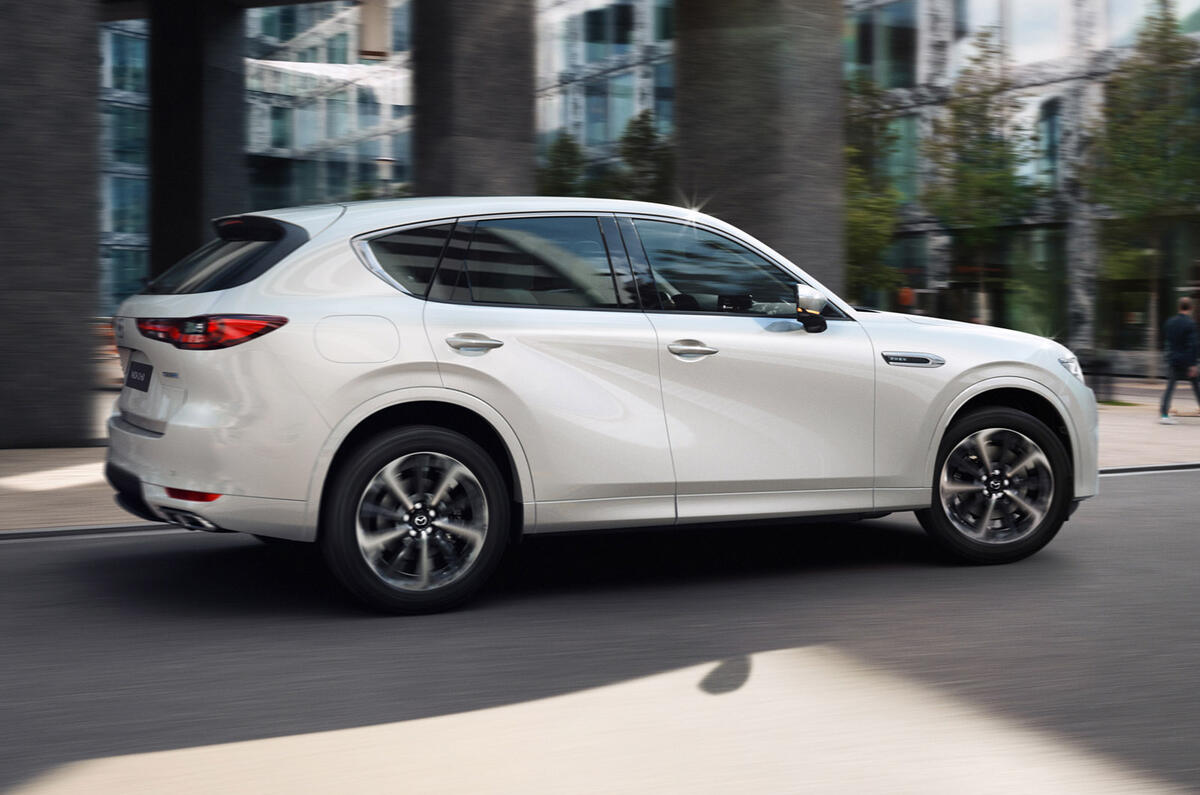
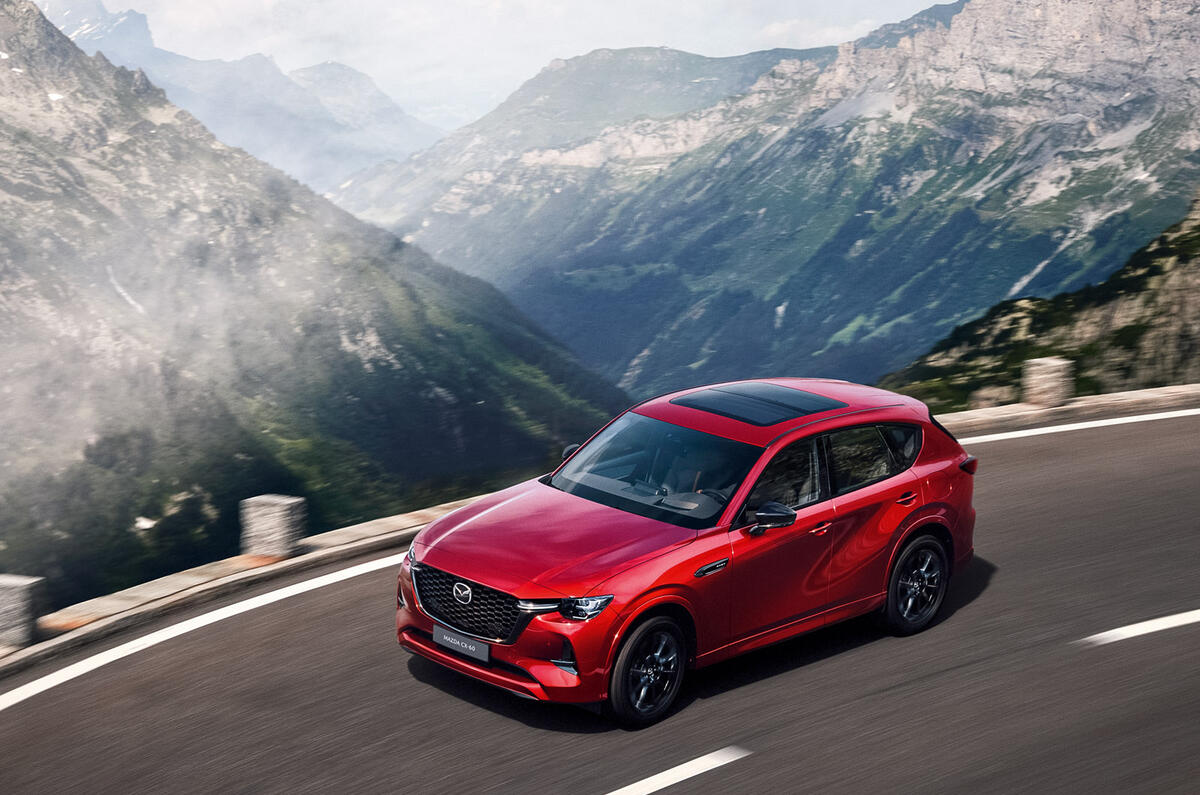
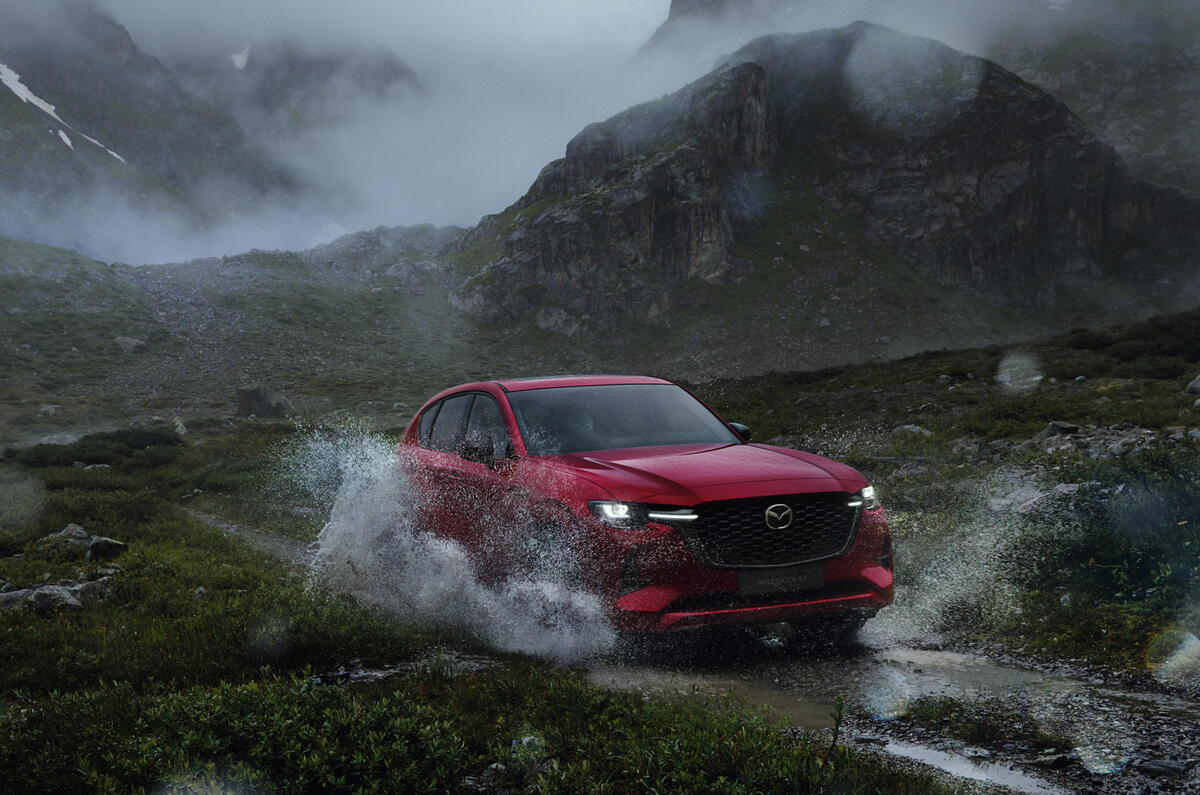
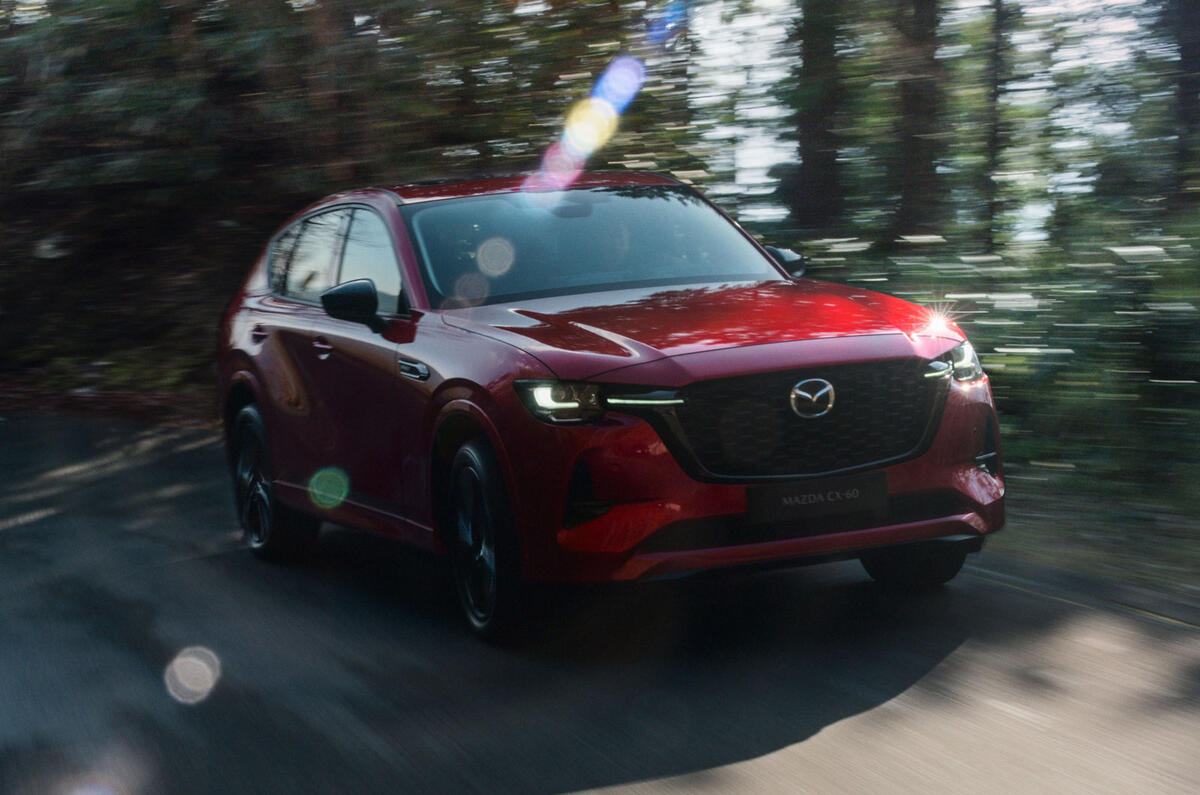
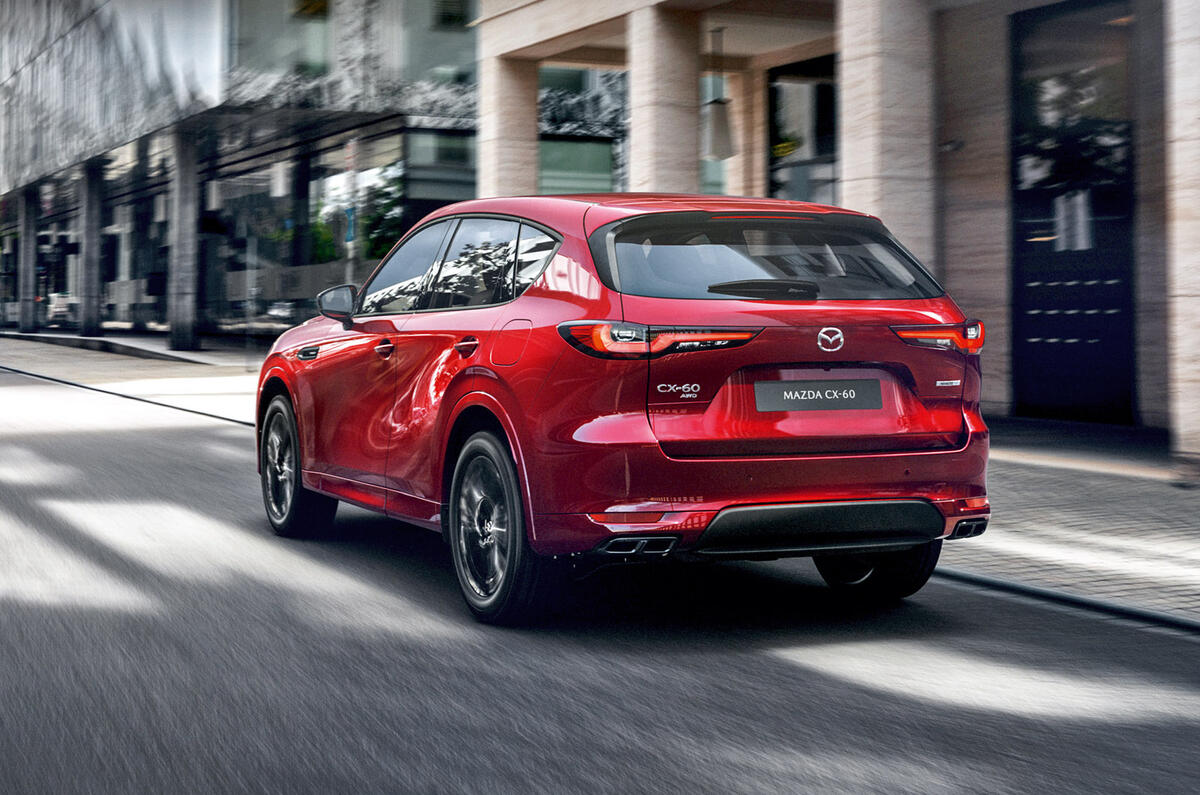
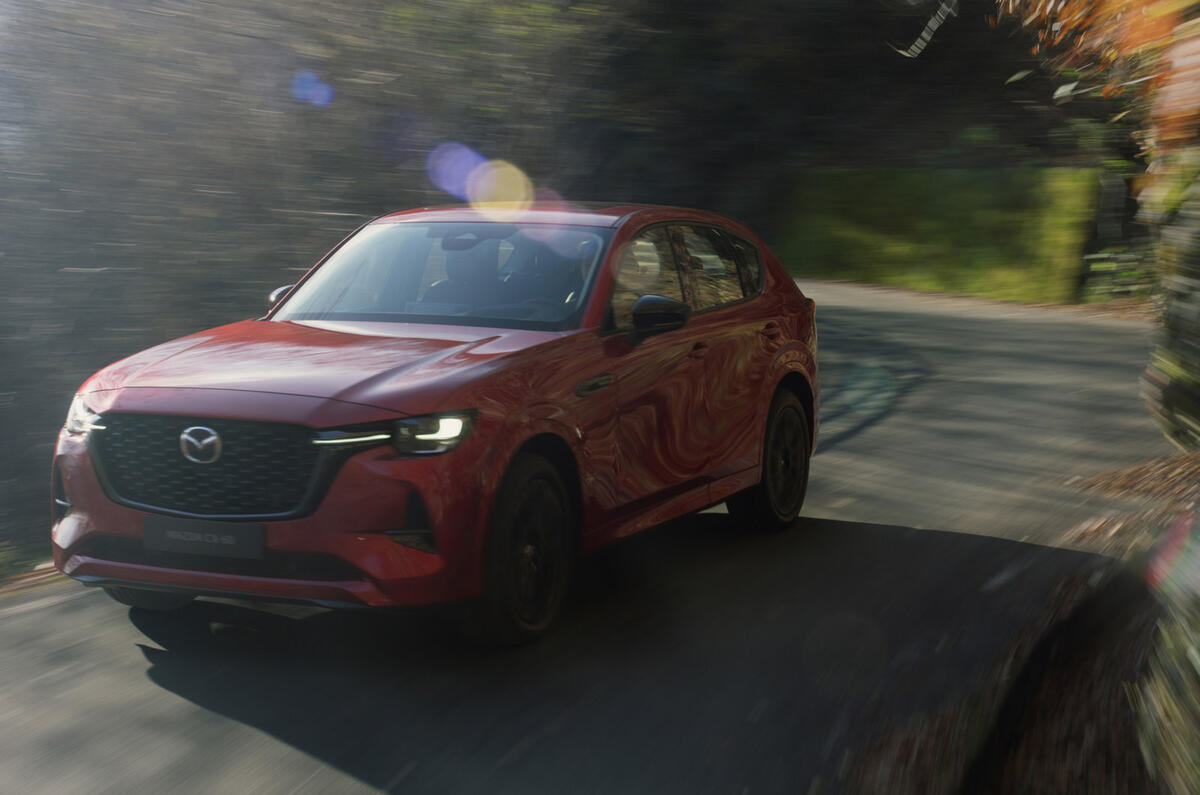
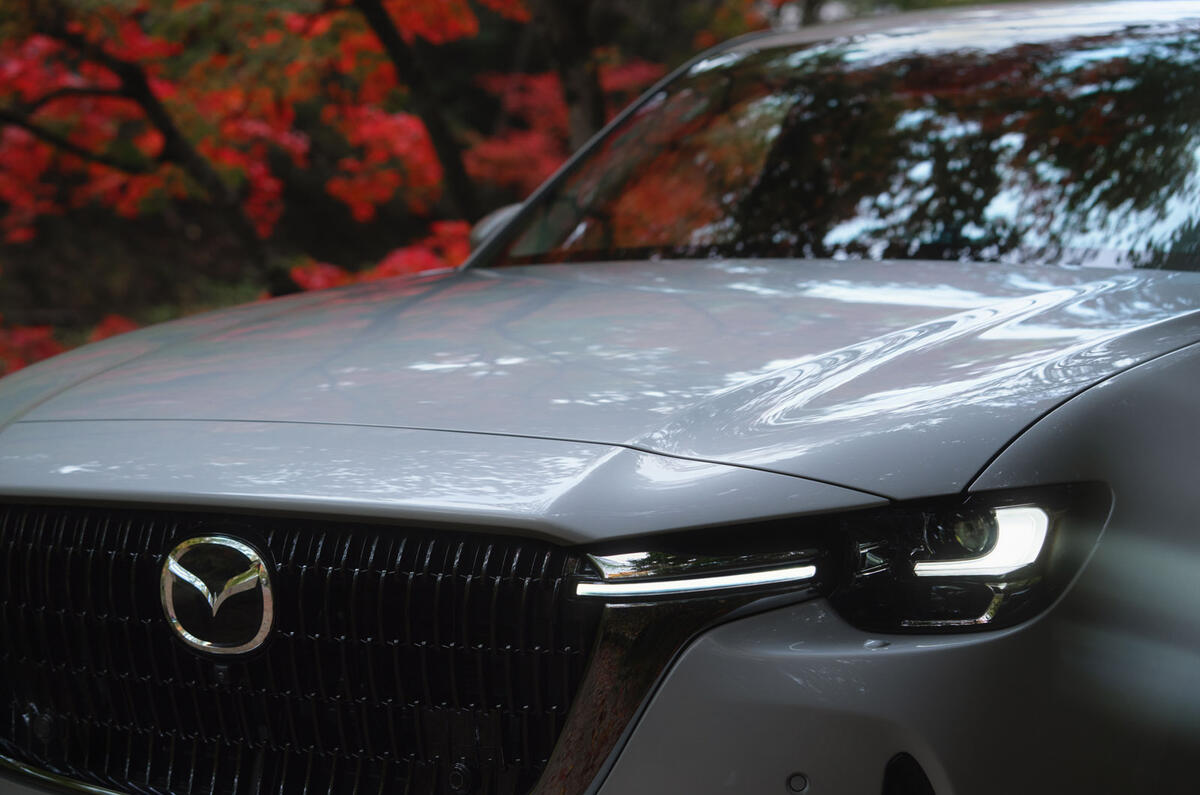
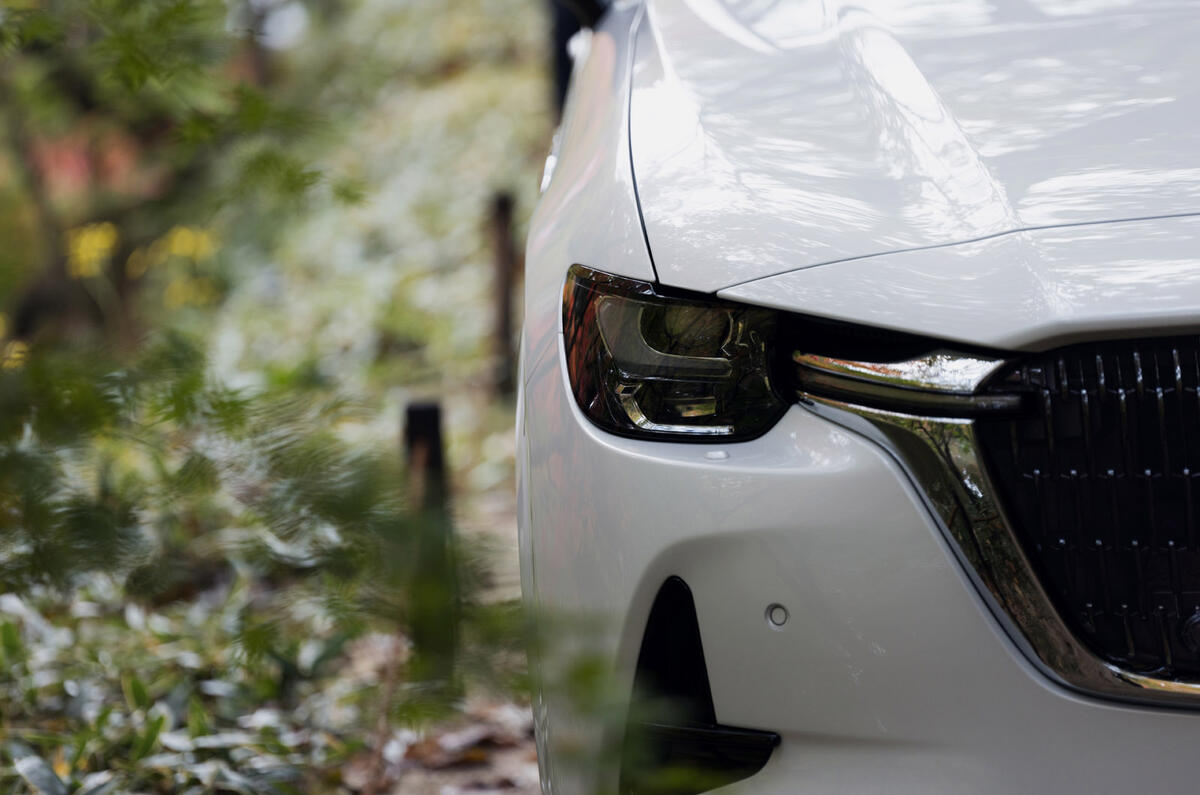
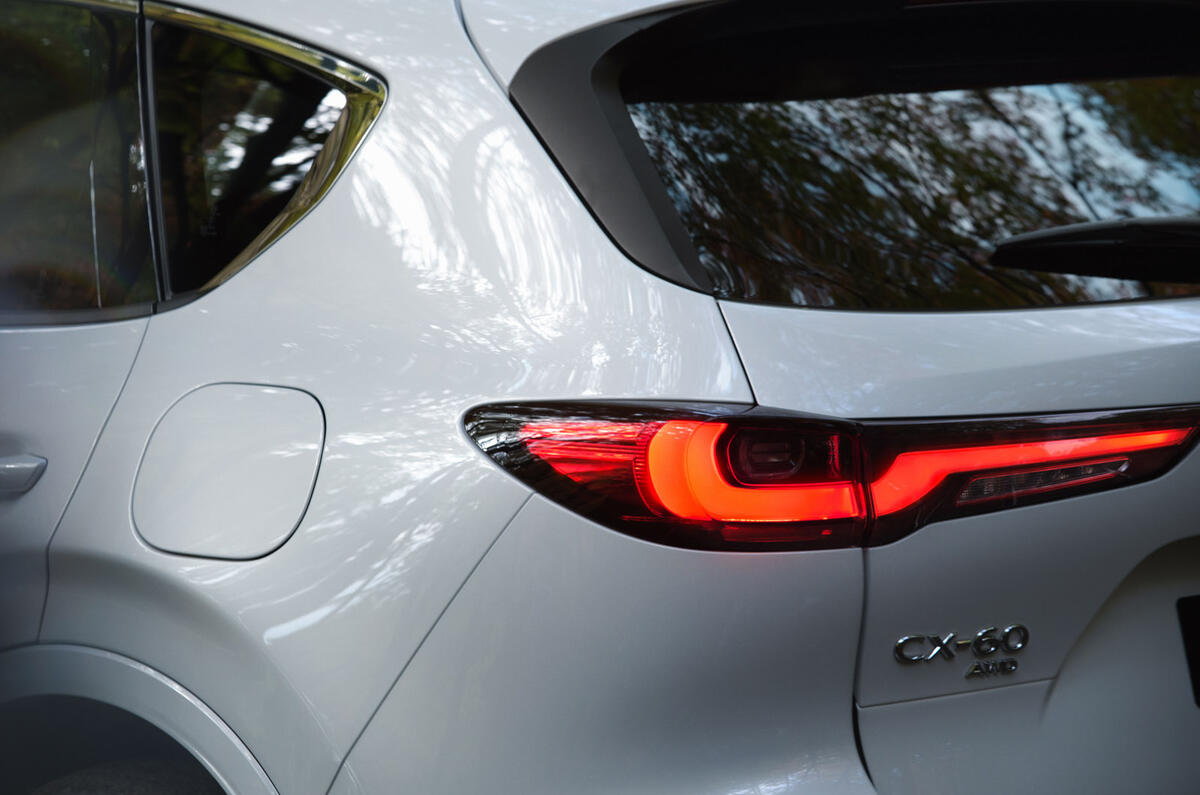
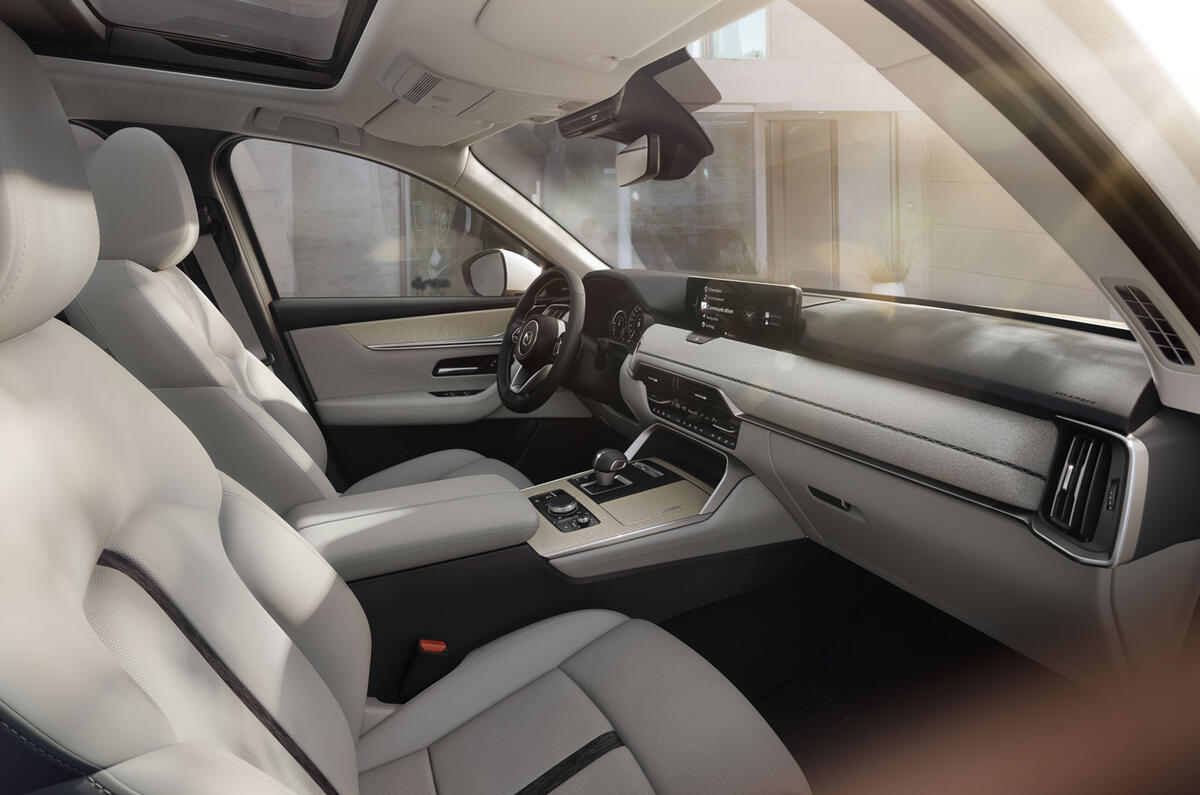
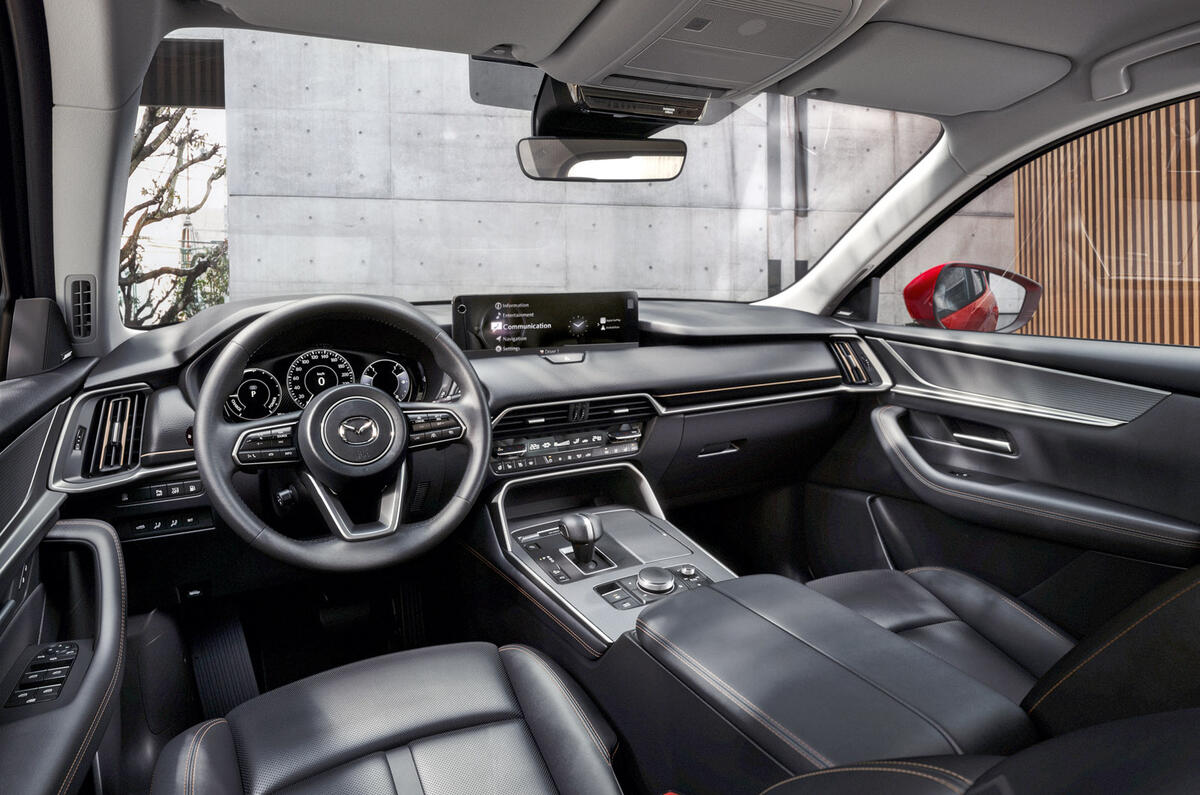
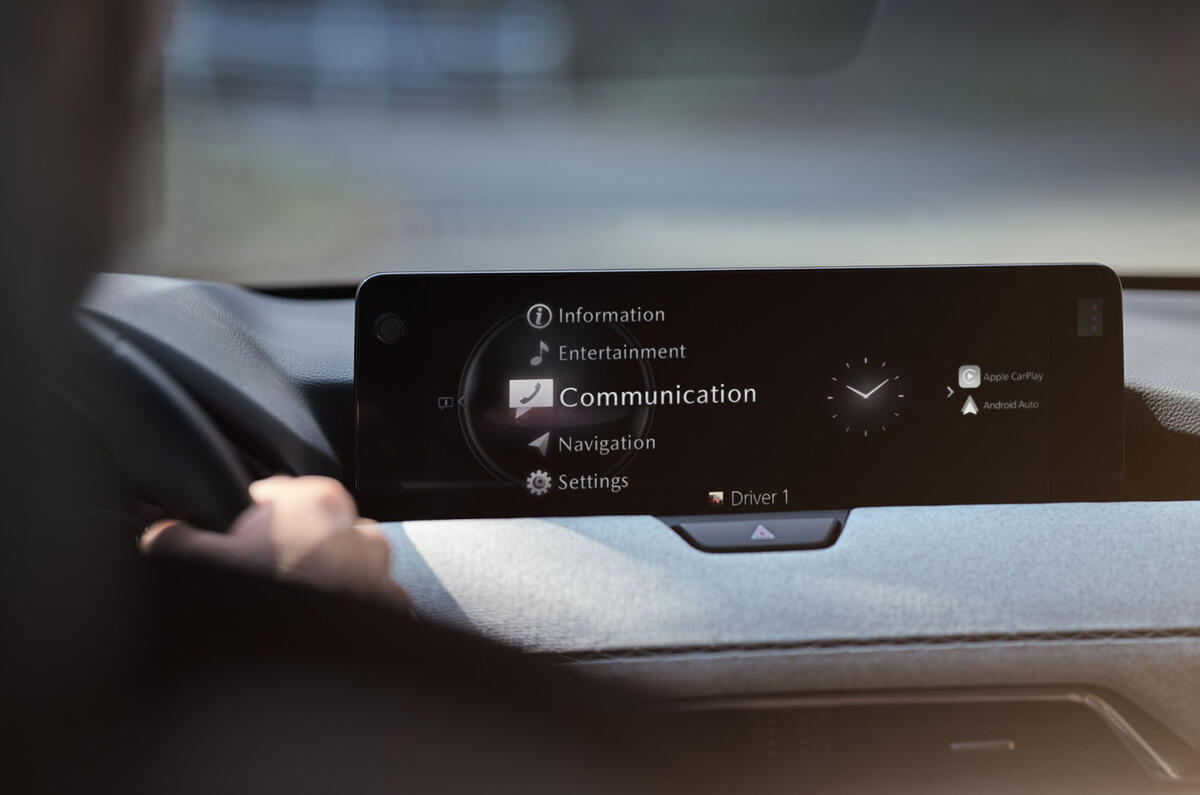
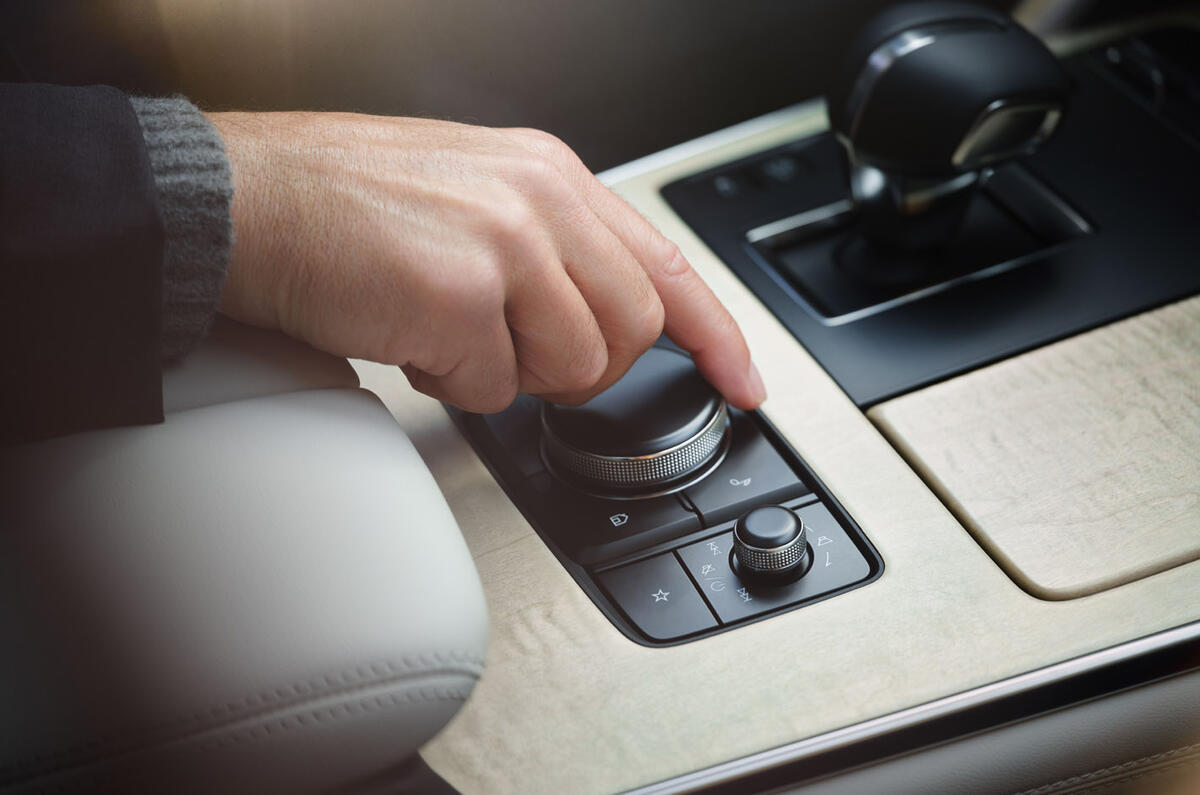
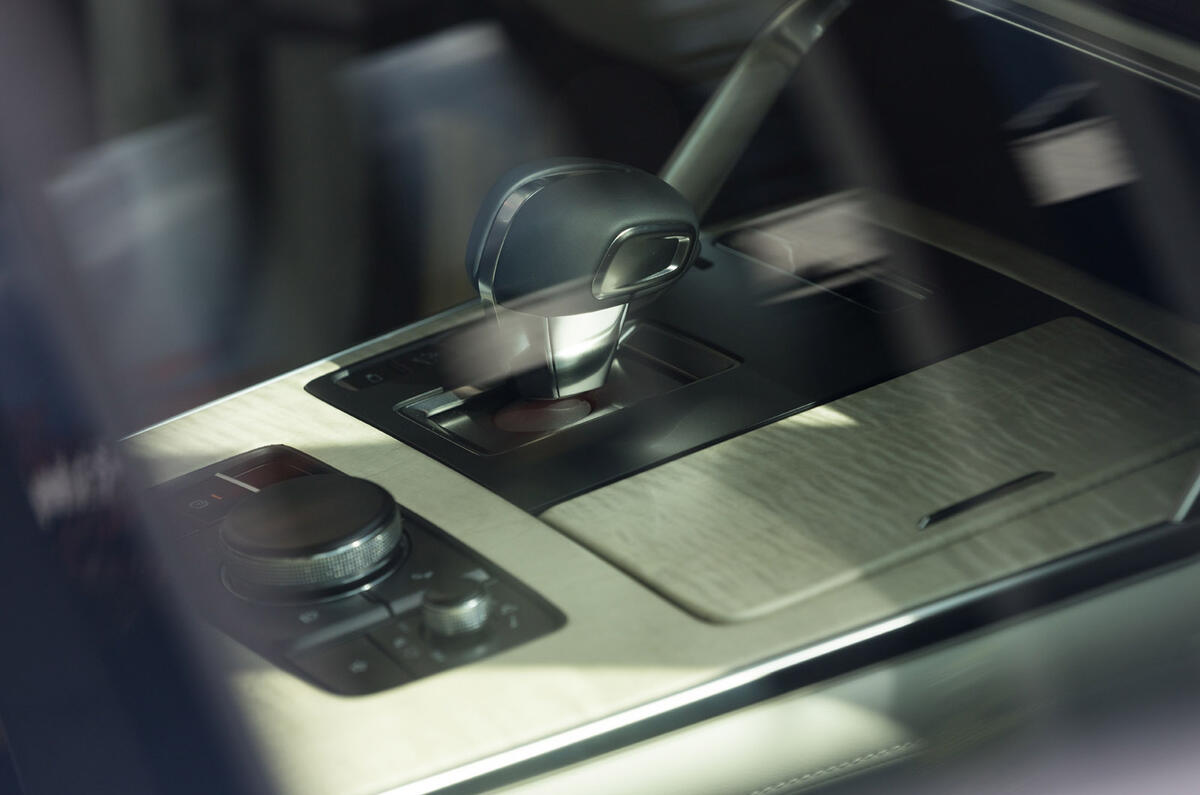
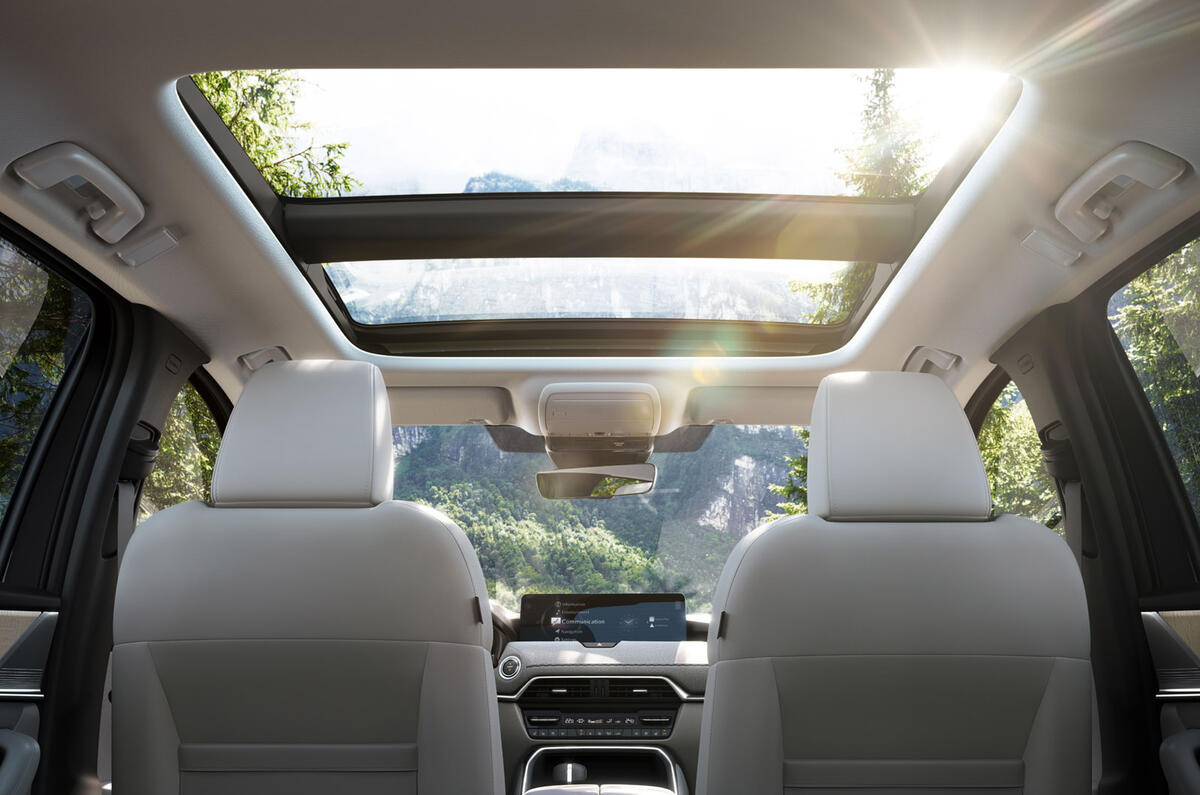
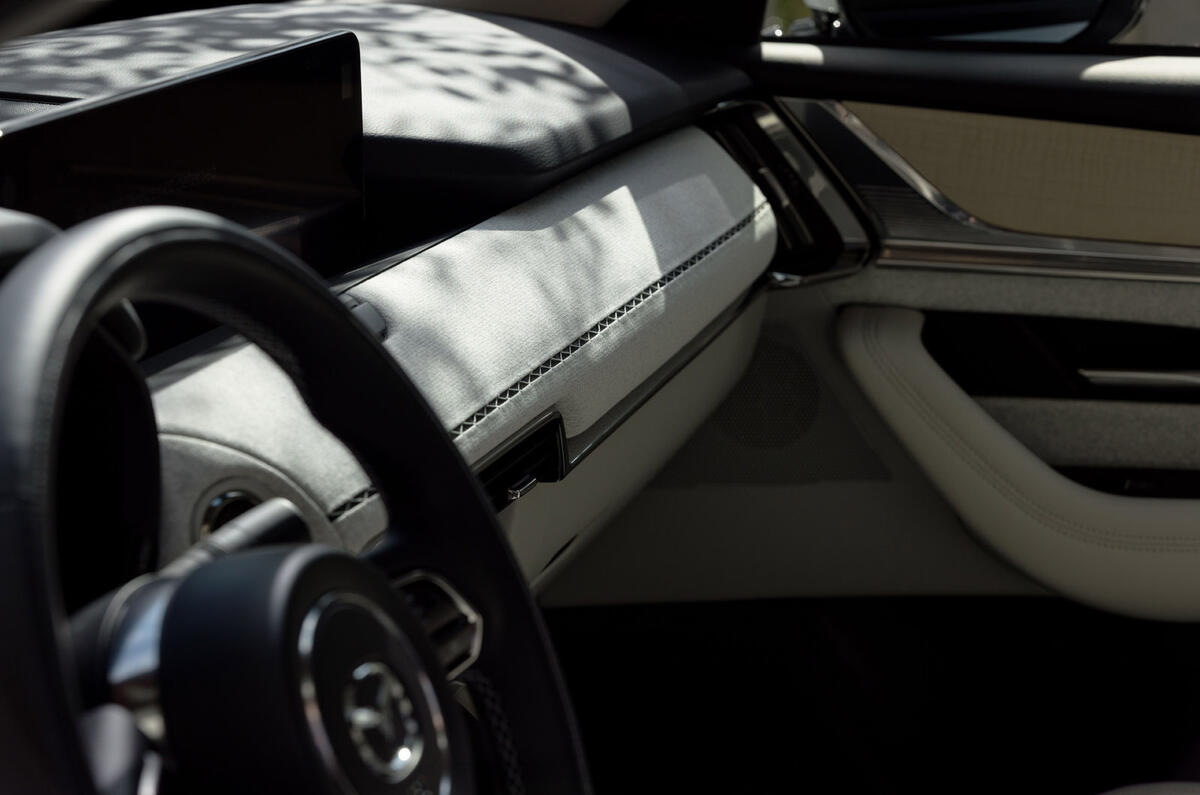

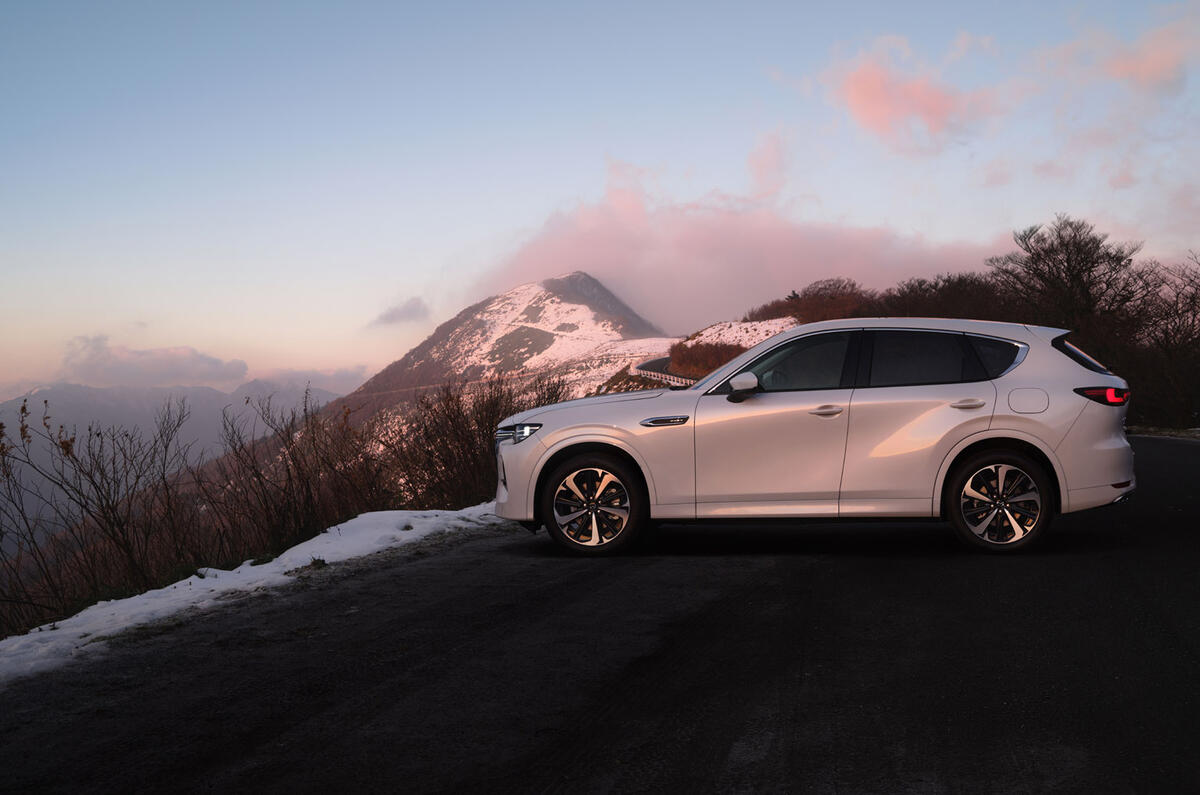
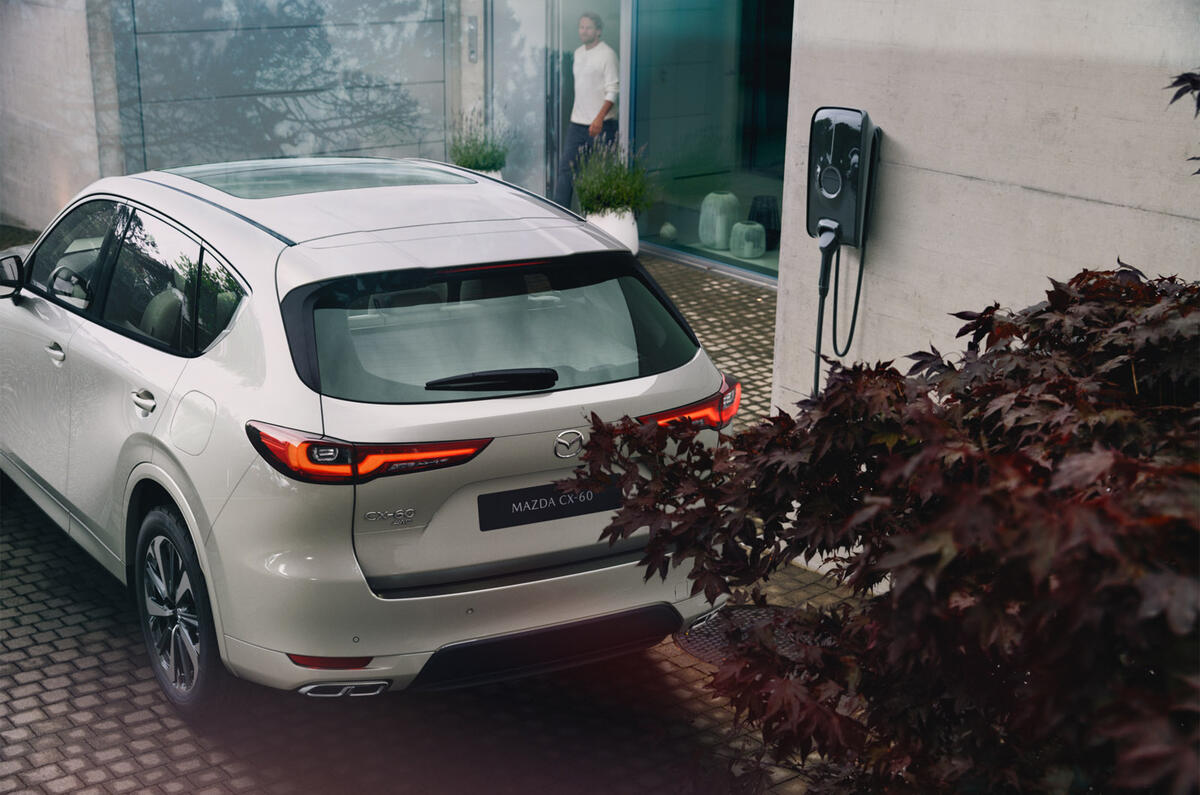
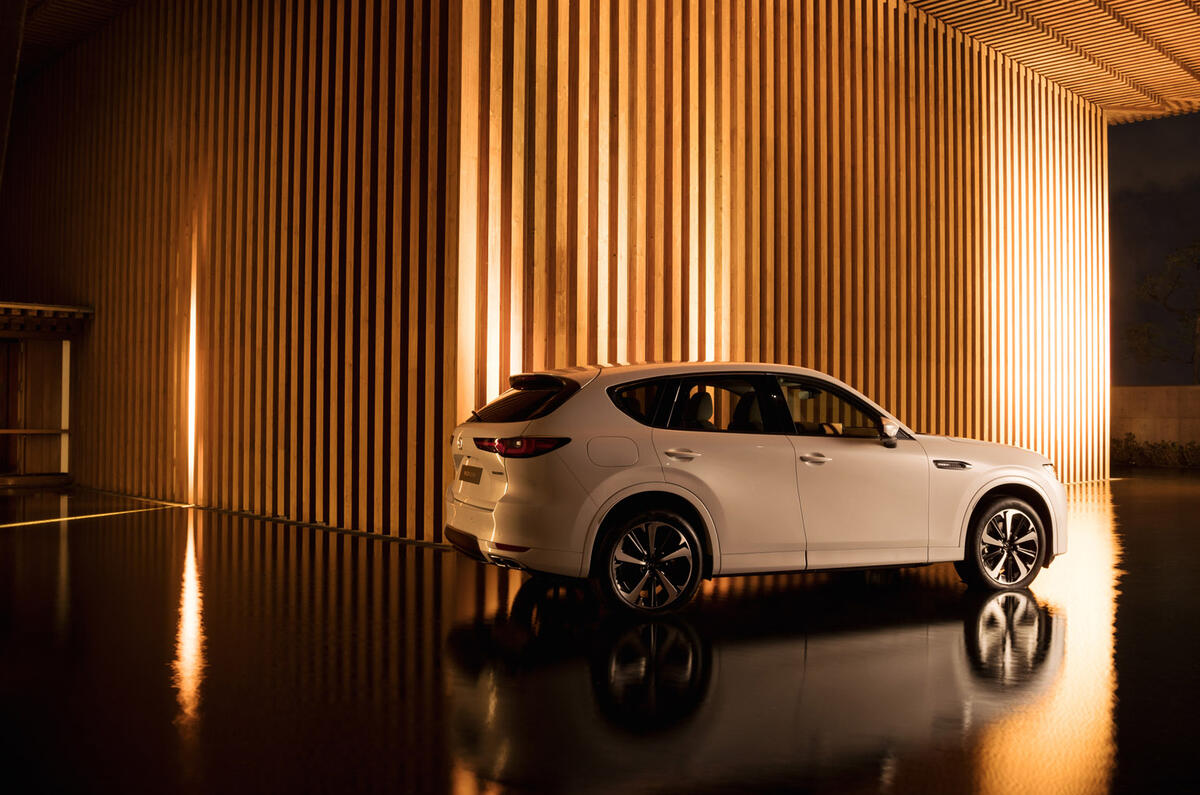
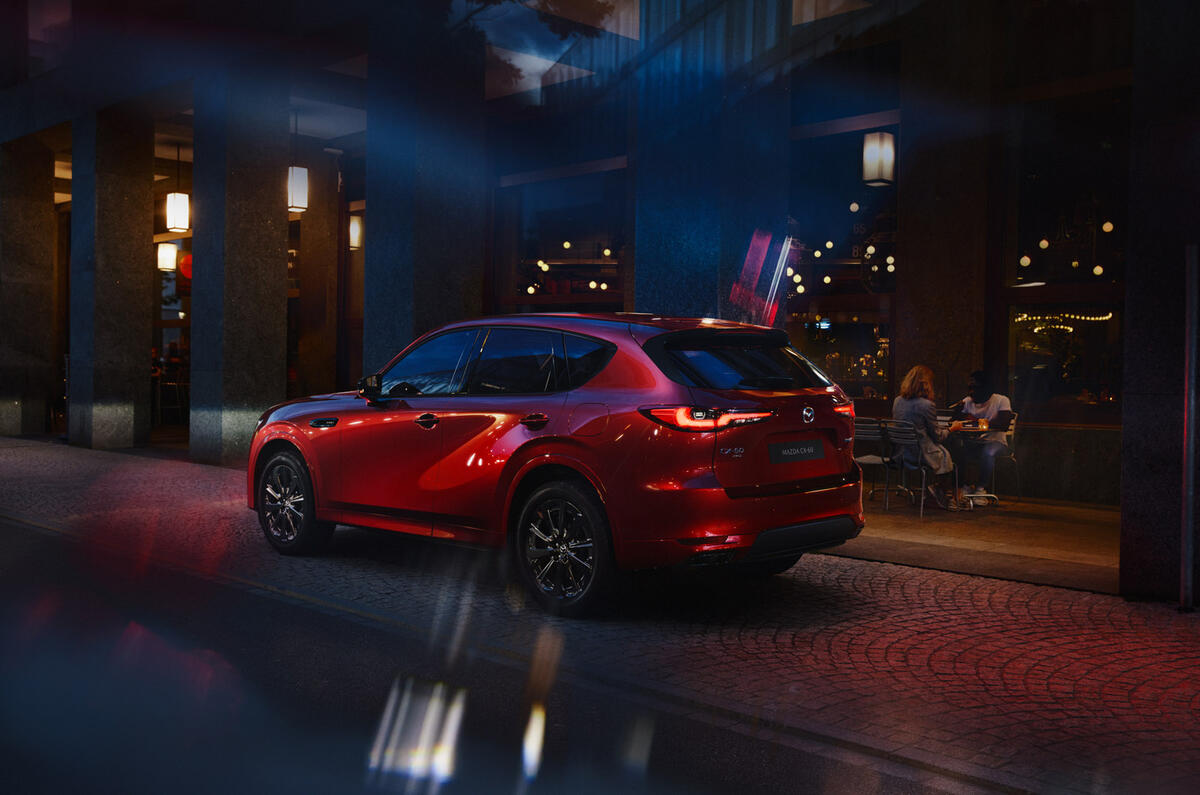
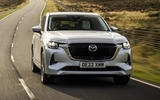
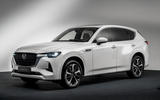
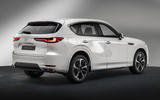
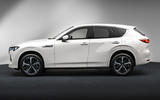

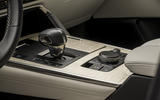





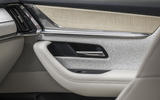

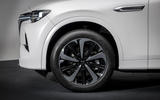
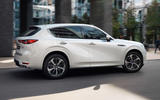


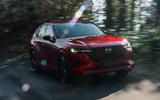
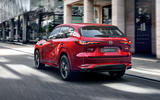






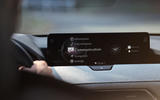







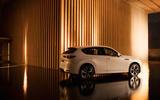







Join the debate
Add your comment
Is this just plagiarism?, other than the front, the rest is a pastiche of other brands, there's nothing original, new these Days.
I think before Mazda go down the diesel route they should check out how much more exensive it is than petrol these days, digs deeper into the one advance diesel has over petrol.